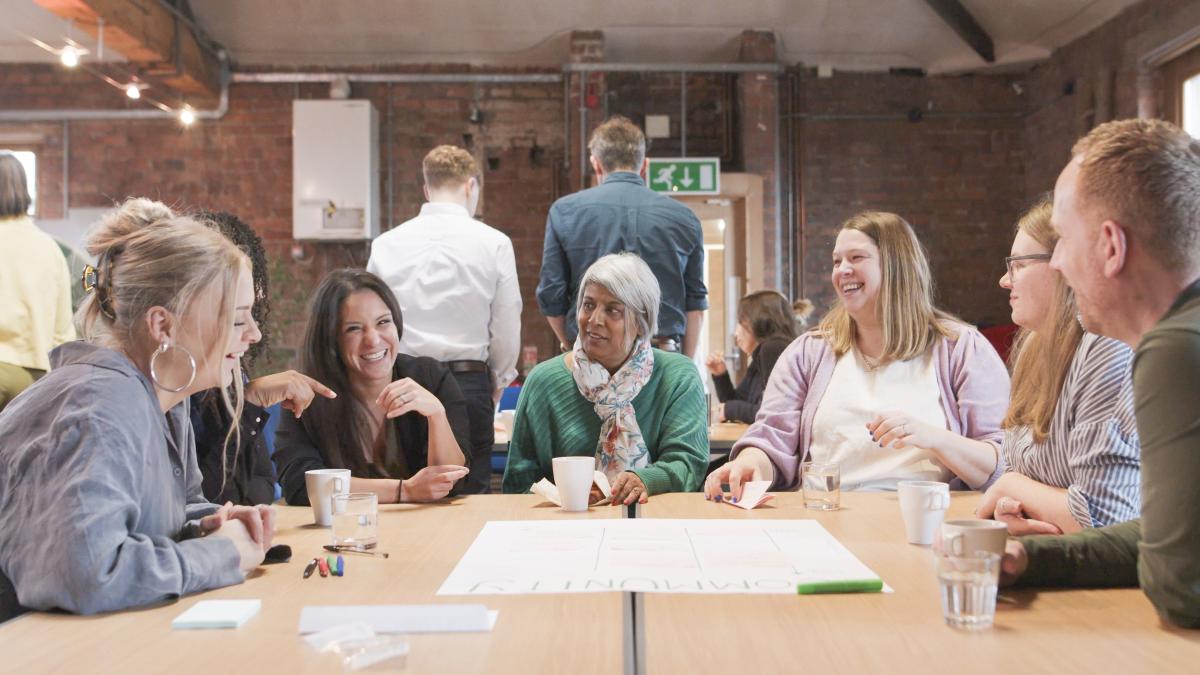
What are we like on our best days?
From my perspective, I was reading books like Find Your Why by Simon Sinek, which were about purpose in business and how finding your purpose can be an incredibly powerful tool. I talked it through with the rest of the senior leadership who were enthused about the process and what it could do for us as a business.
Initially, we did an internal piece of work. We gathered a cross-section of colleagues from across the business and, in a series of workshops, sought to identify what we are like on our best day. The aim was to firstly learn how to convey that, and secondly to see how we can have more of those good days. We wanted to be an organisation that doesn’t just do things, but to understand why and how we do things to get the most out of our people.
It's such a powerful driver; we found it such a good alignment tool. It meant that everybody involved could see why they were doing something at Buttress, and the positive impacts that we have together. We could articulate how what we do as architects has a positive impact on society and the world around us.
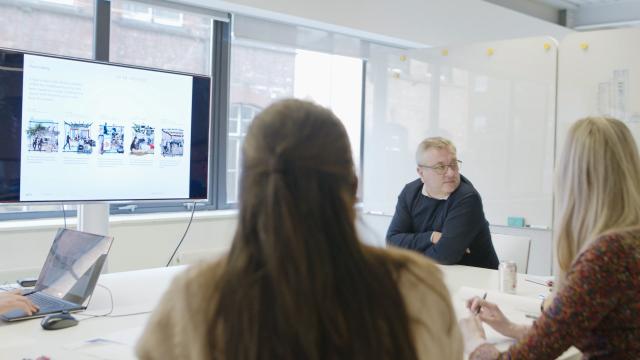
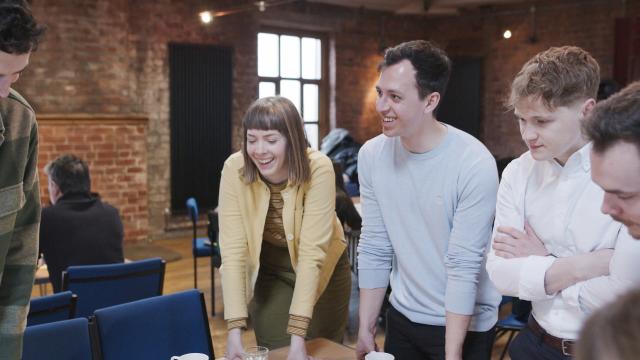
We don’t always get it right, we’re in no way perfect, but that is what this process is all about.
A whole team effort
One of the surprising things about the process and the outcome of the initial internal piece of work was just how well-aligned we all were. The stories that we shared about our best day experiences were powerful. There were common threads that kept coming through, the stories were very people-focused and were about how as a business we are creating opportunities for people and supporting them to take on those opportunities.
We don’t always get it right, we’re in no way perfect, but that is what this process is all about. It’s about identifying what you agree are your best traits and then working to embed those traits to have more good days than bad. It’s a whole team effort, everybody at Buttress plays a role in creating great architecture.
Creating opportunities for people and places
What also came through were stories about creating opportunities for the places we work with. An example was places like Timekeepers and Valette Square in Salford, where the public realm and new architecture coexist and create new opportunities as a place. We hear anecdotes of people changing the way they walk to work so that they pass through these places they enjoy.
Another great example is Caernarfon Castle in Gwynnedd. For many people, the castle has always been a problematic emblem, an English Bastian in Wales. The King’s Gate project has been driven by Cadw to improve access, and this has been seen in terms of physical access but also philosophical access. We have resolved this through the architectural design, the integration with interpretation and communication and collaboration throughout the process. The feedback we are getting is beyond what we had hoped in our wildest dreams. That the new intervention to the castle is giving people the opportunity to reframe and start to own Caernarfon as a part of Welsh history and not just English history in Wales.
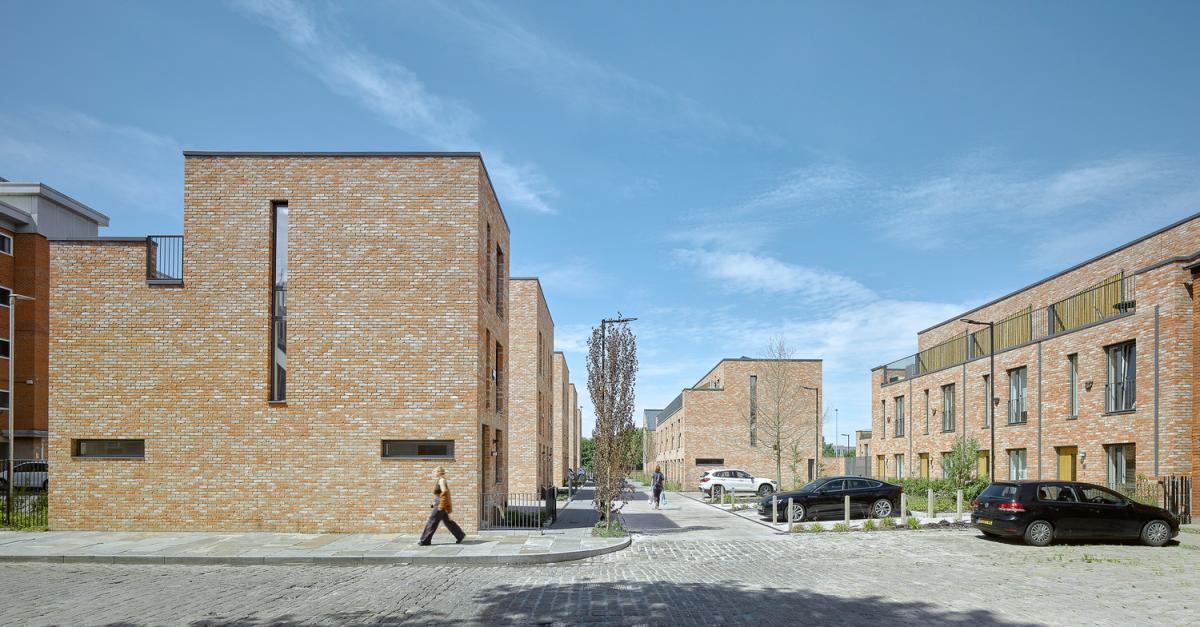
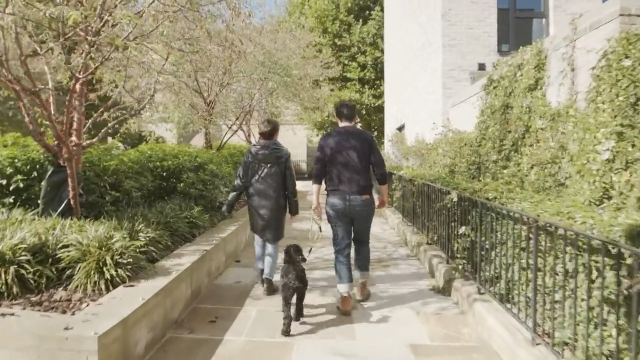
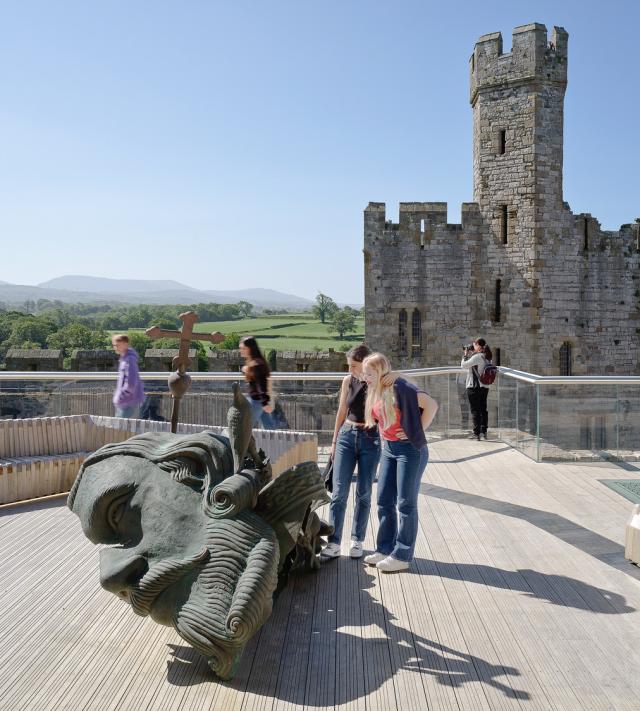
A period of transition
We started talking about doing this piece of work on purpose in 2019. Then we went into lockdown in early 2020 and there was an increased urgency to what we were doing. We were physically apart from one another, not sharing a physical space any longer; and that very quickly made us learn what we were missing. This shared experience perhaps sped up what we had already started. The idea of being able to articulate and understand the philosophical space which we all shared as a business took on a new meaning. This point in time also coincided with a period of transition for Buttress. Two directors had retired, and new voices and ways of doing things were influencing the business.
The idea behind defining purpose is that you’re creating this vision of the world that we can create. It’s not immediate and I might not see us get there wholly in my time as director, but it sets the direction that we move in. It lines us all up to act together, in the same and complementary ways, towards the same objectives.
Getting the right help
Coming back to the process, the internal piece of work was complete, and we found doing it enjoyable and beneficial. It helped us to see the direction of travel, but we still found it difficult to articulate what sat beneath that direction of travel in a way that we could utilise as a business. We didn’t want to do a piece of work on our purpose for its own sake, it was time to bring in someone to help. At this point in time, we were also working towards our B Corp accreditation.
With guidance and insight from others who had gained B Corp status, through various workshops held with staff from across the business we looked deeper into our stories to tease out the values that underpin them. We looked at how we define our purpose and refined the purpose statement to ‘architecture for an equitable tomorrow’ - trying it on and walking with it for a while to see how it felt.
"Architecture for an equitable tomorrow"
Our purpose statement
Architecture for an equitable tomorrow can mean so many things to different people. For me it means architecture is not a thing, it’s an act, it’s a verb. Through that act of creation, we can have a positive impact on the world that makes it a more equitable place. Equity in all its forms; equity where we're not destroying the planet through our actions, equity in creating new places for people that everyone can enjoy and use regardless of their background and abilities.
We are looking at the horizon, we know we can't do it in one day or even one year, probably not even in one lifetime. We do believe though that Buttress, as an organisation with all its amazing people can work towards this and have an impact that will last for far longer.
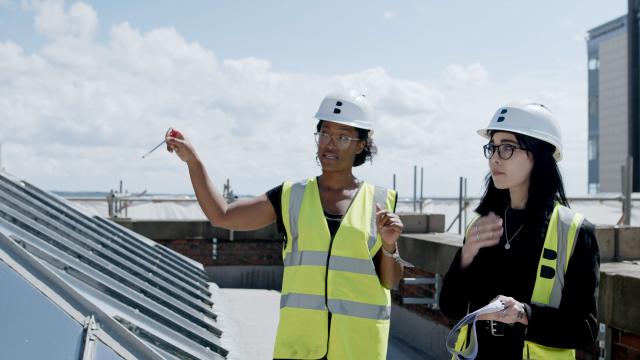
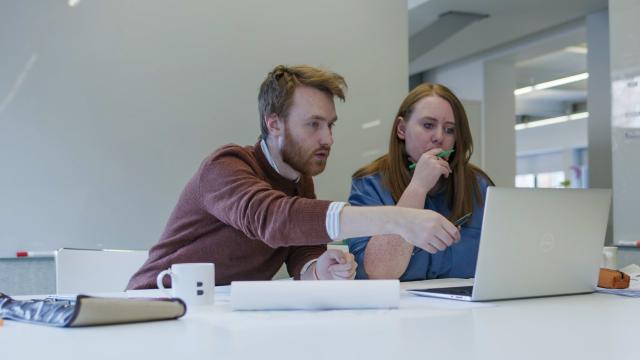
The cultural manifesto
Purpose statement in hand, we’ve then looked at how we embed it within the day-to-day at Buttress. The statement guides how we act each day and inspires us to make the next day better than the last.
We are people, designing spaces for people.
We deliver timeless buildings.
We design with meaning and integrity.
We are super collaborators.
We are driven by the creative potential of the future.
Embedding this all into the business was a collaborative process, we had an all-studio breakfast in July to reshare what we have learned and get feedback. This engagement was all about making sure the manifesto was right, that everybody could recognise themselves and see how and where the values and purpose statement could support them in their work with Buttress.
So, what does Buttress look like - it’s an extraordinarily welcoming place where people enjoy working together, it's creative, it's collaborative, full of opportunities, and it's mindful of the fact that we have the opportunity to create a positive impact.
Our next steps
The next steps for us are all about consciousness. It's about doing things in a conscious way and embedding this into our culture. It’s about consistent messages. We’re the same people, our purpose hasn’t changed, or just started: we have just found the words and means to make it clear and obvious. Everybody that works with and for Buttress will see the same quality, the same drive, the same collaboration. And, if anything, they'll see all those things enhanced over time.
So, what does Buttress look like - it’s an extraordinarily welcoming place where people enjoy working together, it's creative, it's collaborative, full of opportunities, and it's mindful of the fact that we have the opportunity to create a positive impact.